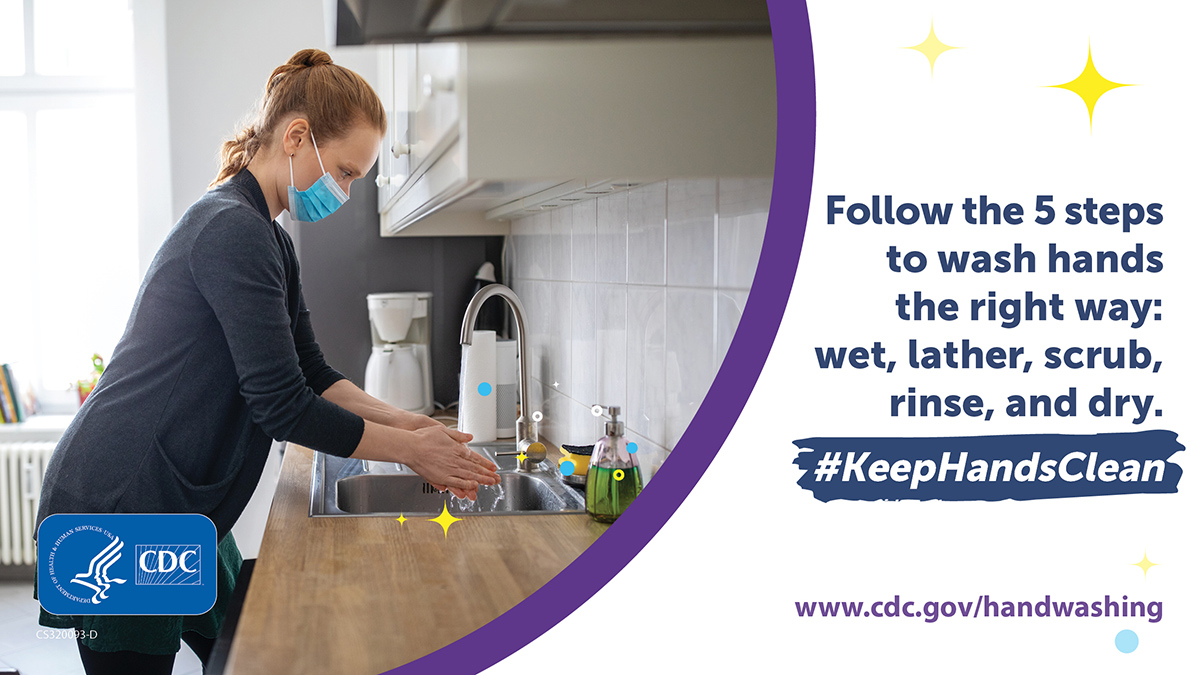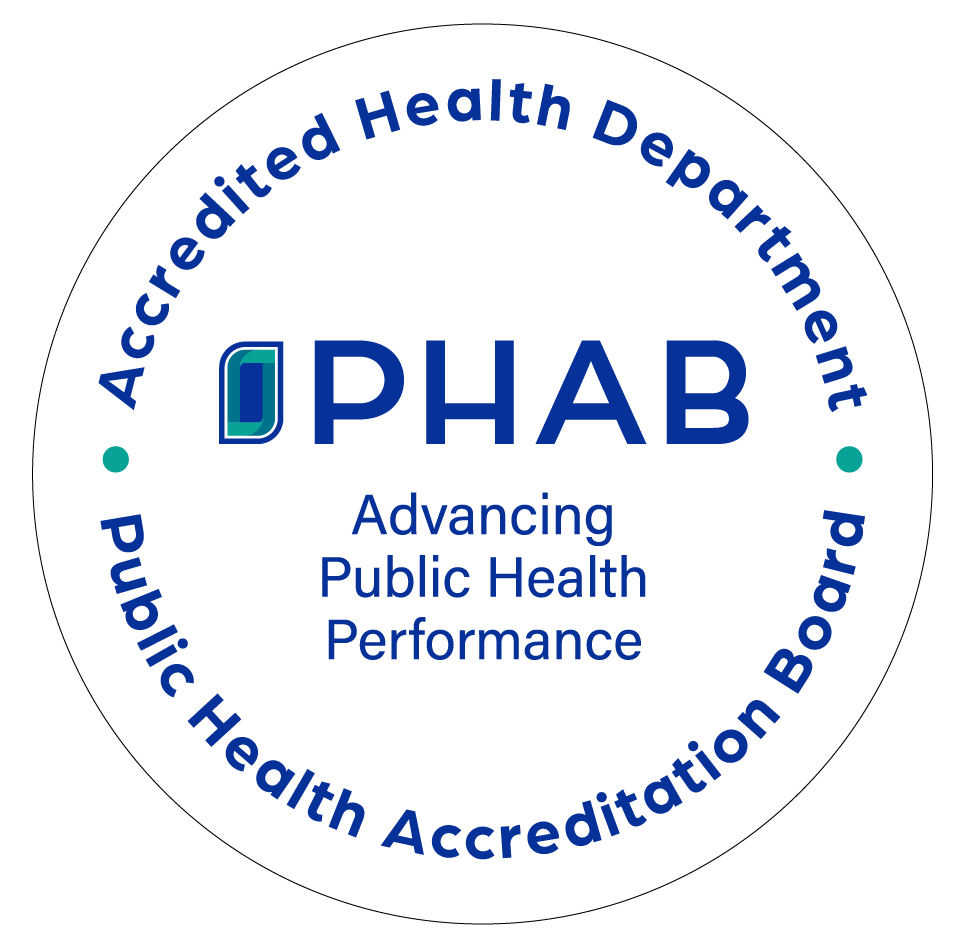What is Vancomycin-Intermediate/Vancomycin-Resistant Staphylococcus aureus (VISA/VRSA)?
Vancomycin-intermediate Staphylococcus aureus (VISA) and Vancomycin-resistant Staphylococcus aureus (VRSA) are Staphylococcus aureus bacteria that have developed resistance to the antibiotic vancomycin. Staphylococcus aureus is often found on the skin and in the nose, but can enter the body through breaks in the skin. VISA and VRSA infections are rare, but difficult to treat. Populations at greater risk for VISA/VRSA infection include those with a previous history of MRSA or VRE colonization and/or infection, diabetes, kidney disease, catheter use, and recent use of vancomycin or other antibiotics.
How to prevent the spread of VISA/VRSA?
In healthcare settings, healthcare personnel should have good hand hygiene practices before and after caring for a patient with VISA/VRSA. Additionally, appropriate infection control practices, such as wearing gloves, should be used when caring for patients.
Family members and close friends who have close physical contact should wash their hands thoroughly with soap and water. Additionally, they should avoid contact with other people's wound or material that is contaminated from wounds.
For additional information on the prevention of Staphylococcus aureus infections, visit the MRSA webpage.
Reviewed and Updated: September 2025


